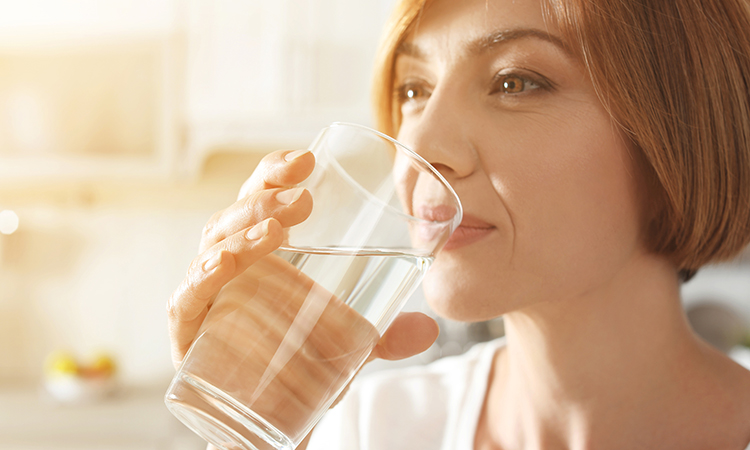Before and After Your Massage
What to do before a Massage: 7 Steps to Deep Relaxation
- Stay Hydrated. …
- Avoid Drinking Alcohol. …
- Take a Warm Shower. …
- Let your Stress go First. …
- Arrive a Little Early. …
- Enter the Judgment-Free Zone. …
- Be Ready to Communicate.
- Do bathe and remove all lotions, makeup and suntan oils the day before.
- Wear loose, comfortable clothes. For some, wearing comfortable clothing can automatically trigger muscle relaxation. Also, muscle soreness may vary after the massage is over, so loose clothes may be easier (and more comfortable!) for you to put on before you leave the clinic.
- Know your goals for the massage. If you have a particular goal for the massage — such as tension relief in a particular area or healing support for a specific injury — remember to let your massage therapist know. That way, they can be sure to address your concerns.

Ten Things Not To Do Before a Massage
- Don’t Sunburn. …
- Don’t “Caffeinate” …
- Don’t Eat a Large Meal. …
- Don’t Run a Marathon. …
- Don’t Apply Lotion or Oil. …
- Don’t Apply Topical Medications, Patches or Tapes. …
- Don’t Take Prescription Pain Medication.
Keep these in mind to make the most of your therapy.
- Don’t #1. Don’t Forget to Drink Water.
- Don’t #2. Don’t Shower Immediately after.
- Don’t #3. Don’t Shower With Hot Water – cool water is best.
- Don’t #4. Don’t Eat a Heavy Meal After a Massage.
- Don’t #5. Don’t Head Outside or Do Anything Strenuous.
- Many of our customers admit that they shower as soon as their massage session has ended, mostly to wash off the oil. This is a big mistake. Truth is that the massage simply heats up the essential oils, and they still need another hour to get absorbed into the skin cells.
- Wait for an hour before showering after your massage.
Here are four things to do to extend the benefits:
- Continue to drink water. Just like being hydrated before the appointment, drinking water afterward can help flush out the toxins that were released by the massage. Maintaining your hydration levels after the massage can also reduce post-massage side effects like soreness and nausea.
- Eat well. It’s best to avoid a heavy meal after a massage, but you also want to make sure that you are getting enough nutrients. Deep tissue massage stimulates blood flow to needy muscle tissue, so you want to be sure that the blood is carrying the nutrients you need.
- Get a good night’s rest. While you’re sleeping, your muscles are able to recover from the stress of the massage and efficiently utilize the nutrients that are being provided by the increased blood flow. Aim for a minimum of 6 hours.
- Schedule a follow-up appointment. A single deep tissue massage can definitely make a difference, but many patients notice more significant improvements with regular massage appointments.
